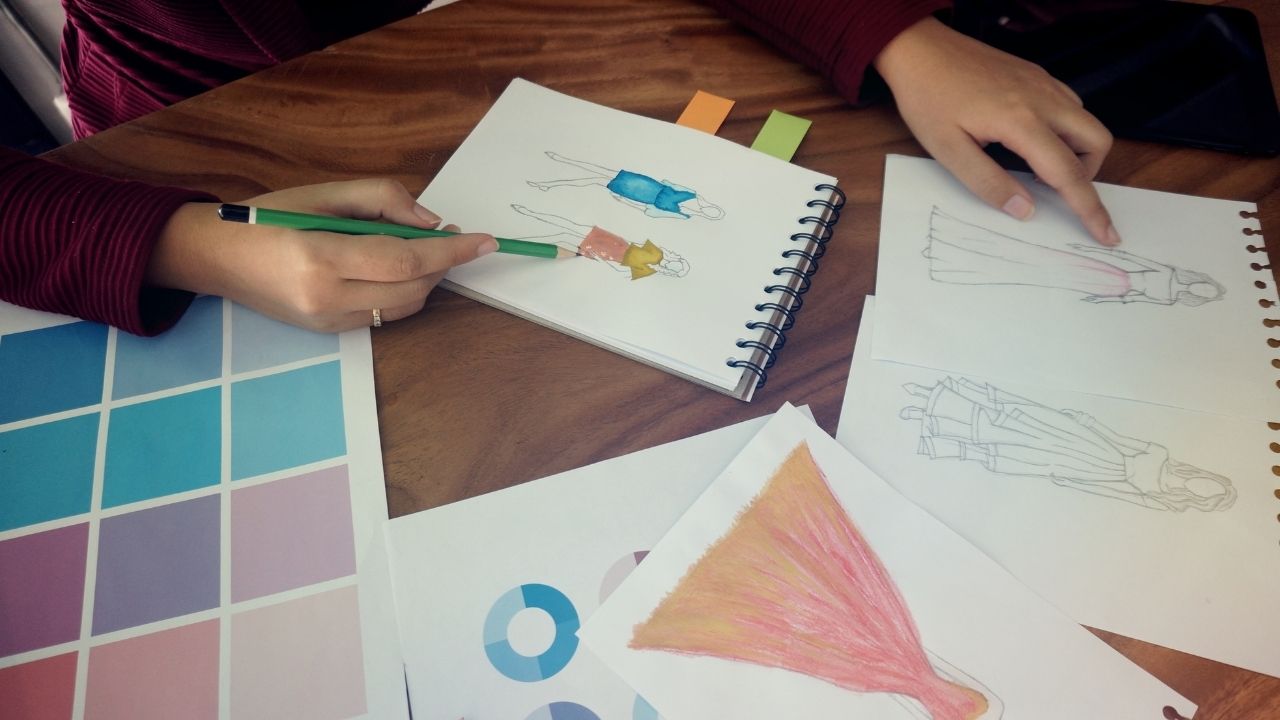
We understand the importance of consistent and effective sketching practices to develop and refine artistic techniques. In this comprehensive guide, we will explore the most effective ways to incorporate sketching into your regular routine, helping you master the art of visual exploration and graphite mastery.
Sketching Practices: Developing a Consistent Habit
The foundation of improving your sketching abilities lies in establishing a consistent practice routine. We recommend setting aside a dedicated time each day, even if it's as little as 15 minutes, to engage in sketching exercises. Consistency is key – the more you practice, the more natural and effortless the process will become.
Start by identifying your preferred sketching medium, whether it's traditional graphite pencils, charcoal, or digital drawing tools. Experiment with different materials to find what resonates with you and helps you achieve your desired artistic style. Investing in quality supplies can make a significant difference in the quality of your sketches.
Drawing Exercises: Unlocking Your Observational Skills
Mastering the art of sketching requires a keen eye for observation. Engage in drawing exercises that challenge you to capture the nuances of your surroundings, from the intricate details of everyday objects to the dynamic movement of people and animals.
One effective exercise is blind contour drawing, where you draw an object without looking at the paper, focusing solely on the contours and shapes. This exercise helps develop your hand-eye coordination and enhances your ability to translate what you see onto the page.
Another valuable exercise is sketching from life, which involves setting up still-life compositions or observing and drawing people in public spaces. This practice not only improves your observational skills but also helps you develop a better understanding of proportion, perspective, and the interplay of light and shadow.
Artistic Techniques: Exploring the Possibilities
As you progress in your sketching journey, delve into various artistic techniques to expand your creative repertoire. Experiment with different shading methods, such as hatching, cross-hatching, and stippling, to create depth and texture in your drawings.
Explore the use of negative space, where you focus on the areas around the subject rather than the subject itself. This technique can lead to unexpected and visually stunning results, challenging your preconceptions and pushing the boundaries of your artistic expression.
Incorporating sketching exercises that involve gesture drawing can also be highly beneficial. Gesture drawing emphasizes the quick, expressive capture of the essence of a subject, helping you develop a more fluid and dynamic approach to your sketching.
Visual Exploration: Expanding Your Horizons
Sketching is not just a technical exercise; it's a means of visual exploration and self-expression. Embrace the freedom to experiment and try new things, whether it's sketching in different environments, exploring unconventional subject matter, or incorporating mixed media techniques.
Engage in landscape sketching to capture the beauty of the natural world, or urban sketching to document the vibrant energy of city life. Venturing out of your comfort zone can inspire new ideas and unlock your creative potential.
Remember, the journey of improving your sketching skills is not just about the end result, but the process of growth and discovery. Embrace the challenges, celebrate your progress, and enjoy the meditative and therapeutic benefits of regular sketching practice.
Graphite Mastery: Unlocking the Power of Shading
Honing your graphite mastery is crucial for achieving depth, texture, and realistic renderings in your sketches. Experiment with different pencil grades and techniques to create a range of values, from delicate and subtle shading to bold, dramatic contrasts.
Develop an understanding of light and shadow, and learn how to use them to create the illusion of form and depth. Observe how light interacts with your subject matter, and practice capturing these nuances in your sketches.
Incorporate blending techniques, such as using your fingers or a paper stump, to create seamless transitions and smooth gradations. Mastering the art of graphite shading will elevate your sketching skills and allow you to bring your artistic visions to life.
Conclusion: Embrace the Journey of Sketching Mastery
Consistent and effective sketching practices are the keys to unlocking your artistic potential and developing a deep appreciation for the visual world around you. By embracing a regular sketching routine, exploring a variety of techniques, and honing your observational skills, you'll embark on a transformative journey that will not only enhance your artistic abilities but also enrich your overall creative expression.
Remember, the path to sketching mastery is not a straight line, but a winding, exploratory process. Embrace the challenges, celebrate your progress, and enjoy the process of visual exploration. With dedication and a willingness to experiment, you'll soon find yourself creating sketches that captivate and inspire.
So, grab your pencils, open your sketchbook, and let your artistic journey begin. The most effective ways to practice sketching techniques regularly are within your grasp, and we're here to guide you every step of the way.
 Writing TipsCreative WritingJournalingSketching TechniquesBuying GuidesPrivacy PolicyTerms And Conditions
Writing TipsCreative WritingJournalingSketching TechniquesBuying GuidesPrivacy PolicyTerms And Conditions
